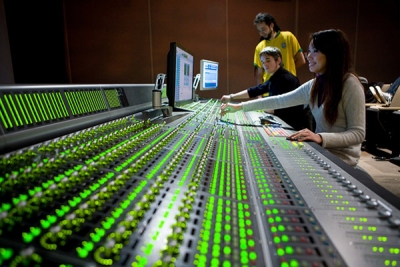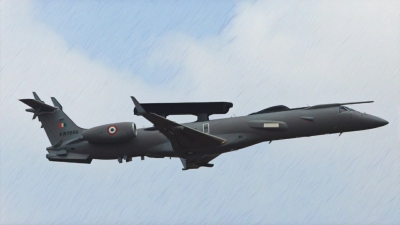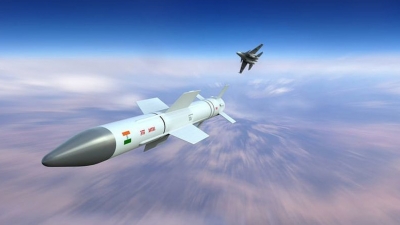
Do you have excellent communication, negotiation and analytical skills?
Do you like working in a fast-paced and challenging financial environment?
Advising and counseling clients on appropriate investments and working as a stockbroker may be the career for you.
What’s this career about?
Stockbrokers deal with a variety of investments, including stocks, bonds and mutual funds. They invest in the stock market for individuals or corporations. Only members of the stock exchange can conduct transactions, so whenever individuals or corporations want to buy or sell stocks they must go through a brokerage house.
Brokers explain the workings of the stock exchange to their clients and gather information from them about their needs and financial ability, and then determine the best investments for them. The broker then sends the order out the floor of the securities exchange by computer or by phone. When the transaction has been made, the broker supplies the client with the price. The buyer pays for the stocks and the broker transfers the title of the stock to the client and performs clearing and settlement procedures.
In order to provide the best advice to their customers, stockbrokers continuously research publicly traded companies, their products and finances. They also stay abreast of market trends and know which stocks offer good long-term and short-term investments.
Apart from work, stockbrokers always remain in touch with their clients in order to understand their needs. They constantly update them about the fluctuations in the market and advice them when to buy and sell and at what rates. At the same time, stockbrokers also ensure that their stock trading company also makes maximum profit in the long run. Initially, brokers spend many hours on the phone building up a client base.
Stockbrokers may specialize in either private client or institutional client work; in dealing or in advising; or in certain types of securities. The work is, mainly, sales-oriented and is conducted on the telephone. Since the industry is performance-driven, one has to be on their toes all the time to keep pace with the market movement.
All the operations today are computerized, with highly –trained and qualified specialists keeping a close watch on the market. One can survive in the stock broking career only if they have a knack of thinking on their feet and be adaptable in an ever-changing environment.
How do I get there?
Minimum requirement is graduation in any discipline preferably Commerce. Since stockbrokers must be well-informed about economic conditions and trends, courses in business administration, Finance & Control and Economics are helpful especially in the larger securities firms.
Some big broking firms prefer MBAs with specialization in Finance or Charted Accountants. PG programmes in capital market studies, and in stocks and securities are also available in selected universities and institutes.
The Securities and Exchange Board of India (SEBI) is the authorized Body which regulates the operations of stock exchanges, banks and other financial institutions. All stockbrokers need to be registered under SEBI and are governed under the rules, laws and regulations of this authority.
Besides registering with the SEBI, stockbrokers must become members of one or more stock exchanges such as the National Stock Exchange (NSE) and the Bombay Stock Exchange (BSE). To attain membership of the stock exchange, one has to go through training under a broking firm for a period of minimum 6 months. The training aims to impart knowledge of subjects like accountancy, law-related subjects, capital markets, securities and portfolio analysis, etc. most employers provide on-the-job training to help stockbrokers meet the requirements for membership.
Their application forms are closely evaluated by the exchanges before granting membership. Most major exchanges require stockbrokers to pay a security deposit and a membership fee, which usually involves a considerable expense.
NSE India has created the National Institute of Securities Markets (NISM) to educate stock brokers, sub-brokers and investors about the stock market. In some cases, having the certification of the NISM is mandatory by some broking firms.
What key skills do I need?
- Assertive, quick and decisive regarding other people’s money.
- An aptitude for numbers.
- Able to work in a stressful and competitive working environment.
- Excellent sales skills.
- Energetic and willing to work hard.
- IT competence.
- Excellent communication and interpersonal skills.
Institutes
- National Institute of Securities Markets (NISM), Mumbai (nism.ac.in)
- National Stock exchange, Mumbai (nsindia.com)
- Mumbai Stock Exchange Training Institute, Mumbai (bseindia.com)
- Institute of Charted Financial Analysts of India, Hyderabad (icfai.org)
- Institute of Company Secretaries of India, New Delhi (icsi.edu)
- Indian Institute of Capital Markets, Navi Mumbai (utiicm.com)
- The Narsee Monjee Institute of Management Studies, Mumbai (nmims.edu)
- BSE Institute Limited at various places (bsebti.com)
Pay package
Stock broking is a lucrative job. Most brokering firms pay performance based commissions along with a salary. Earnings from commission vary and are likely to be high when there is much buying and selling and low when there is a slump in market activity. They can start with 5-8 lakh rupees per annum; those with MBAs and post-graduates with a qualification in stock broking earn more. Some receive a bonus, if they meet certain established goals.
Employment profile
Stock broking work in the stock exchanges, business houses, financial institutions, or investments banks. They can also start their own consultancies.
The easing of regulation of the banking industry, and the many new stock options made available are rapidly creating new employment opportunities. Though the use of the internet for online trading can hamper the growth, still many investors rely on stockbrokers to assist them in selecting the proper stocks, mutual funds, and other financial products.
The demand for securities sales representatives fluctuates, as the economy expands and contracts.
Credit : Dr. Vibha Gupta (Teenager Today)
Picture Credit : Google











